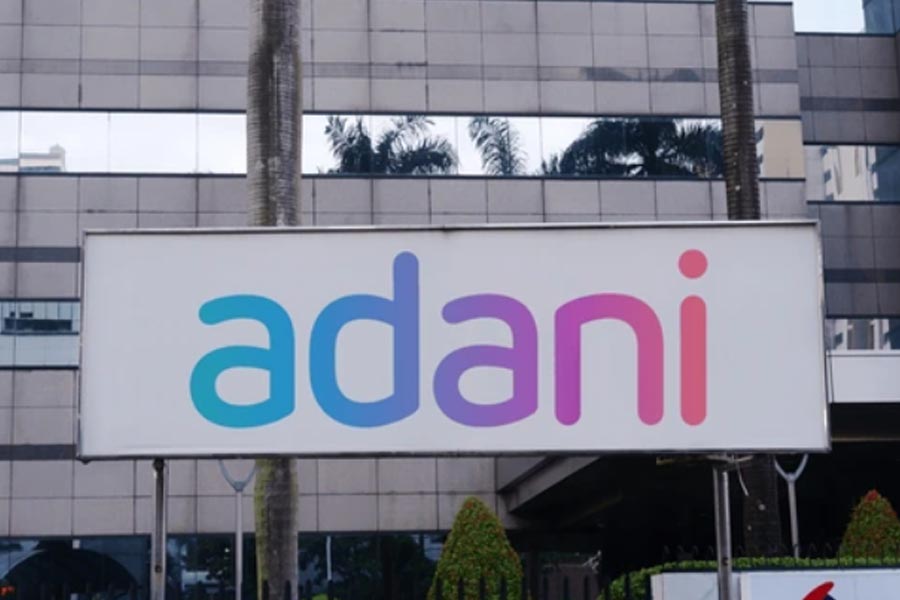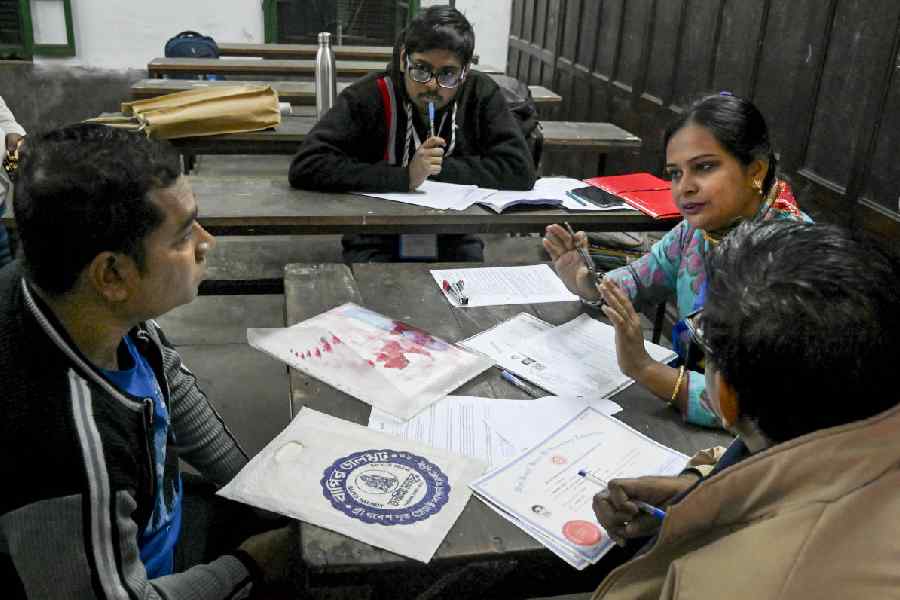
Shillong, July 18: The North Eastern Electric Power Corporation (Neepco) Limited today defended its 405MW Ranganadi hydroelectric project in Arunachal Pradesh despite a call to demolish it in view of the devastation caused by the floods in Assam.
The All Assam Students' Union (AASU) yesterday demanded demolition of the Ranganadi dam and the under-construction Subansiri hydel projects.
It alleged that Neepco's release of water from the Ranganadi dam on July 11 without prior information had affected 1.35 lakh people in Lakhimpur and 35,000 in Majuli districts.
While the 2,000MW Lower Subansiri project of the National Hydroelectric Power Corporation (NHPC) is located on the Assam-Arunachal Pradesh border at Gerukamukh in Lakhimpur, the Ranganadi project is placed in Yajuli in Lower Subansiri district of Arunachal Pradesh.
However, speaking to reporters here today, Neepco chairman-cum-managing director A.G. West Kharkongor refuted the allegations.
"The full reservoir level of the project is El 567 metres and can store water upto this level. The dam is designed to store water upto El 567-metre level only at any point of time. The reservoir provides a cushioning effect in controlling the downstream discharge upto full reservoir level (that is 567 metres)," he said.
He said due to incessant torrential rainfall in the catchment areas of the Ranganadi since June 30, the inflow of water in the river had increased substantially and achieved the maximum -1,511 cumec - on July 9 at 3pm.
"After utilising the water required for power generation, excess water spilled over through the gates of the dam in a controlled manner. Of 1,511 cumec, 200 cumec was utilised as power draft and retained within the reservoir of Ranganadi, thus controlling the downstream discharges," he said.
Stating that natural floods occurring in the upstream areas cannot be absorbed by the reservoir only, the Neepco director (technical), V.K. Singh said if the Ranganadi dam had not been there, the downstream situation could have been worse.
He also said a number of tributaries joined the Ranganadi in the downstream areas and carried sufficient water from their respective catchment areas to the main river.
"It transpires that the Ranganadi dam cannot absorb the water beyond its capacity at any point of time. Rather, damage in the downstream areas is reduced to a great extent by maintaining the full reservoir level and diverting 160 cumec of water for power generation through Dikrong river," he added.
According to Neepco officials, the same situation had occurred in 2008 when various dignitaries and committees visited the site and agreed that "this is a natural phenomenon and not connected to Neepco".











